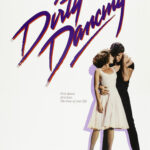‘Dancing with the Stars’ captivates audiences with dazzling performances, but understanding the nuances of each dance and how judges score them can deepen your appreciation. As we celebrate the incredible talent showcased on ‘Dancing with the Stars’, let’s explore the diverse dances that grace the ballroom and Latin dance floor. Drawing insights from multi-award-winning dance professional and judge Brian Redmond, we’ll break down the key elements of each style and reveal what the judges are really looking for.
Tango: Passion and Precision
The Tango, originating from Argentina and popularized in 1920s Europe, is a dance of intense connection. Unlike the intimate Argentine Tango focused on feeling, Ballroom Tango emphasizes performance. It’s “sultry, very sexy,” as Brian Redmond describes. Judges seek the creation of character and a palpable relationship between dancers. They look for “strong, positive, clear, sharp movements” balanced with softer, flowing ‘legato’ sequences.
 Darren Kennedy and Karen Byrne performing a Tango on Dancing with the Stars
Darren Kennedy and Karen Byrne performing a Tango on Dancing with the Stars
Darren Kennedy and Karen Byrne’s powerful Tango showcased on Dancing with the Stars.
Waltz: Elegance and Flow
The Waltz family includes the faster Viennese Waltz, with roots in Central Europe and Johann Strauss, and the slower Slow Waltz, also known as the English Waltz, developed about a century ago. Both maintain the three-beats-per-bar tempo, but pace distinguishes them. Judges evaluating a Waltz prioritize “good flow, strong rotations, and quite soft, continuous movements.” They seek an overall impression of elegance and graceful motion, what Redmond simplifies as “flouncy and elegant.”
 Clelia Murphy and Vitali Kozmin dancing a graceful Waltz on DWTS
Clelia Murphy and Vitali Kozmin dancing a graceful Waltz on DWTS
Clelia Murphy and Vitali Kozmin’s elegant Waltz performance on Dancing with the Stars.
Salsa: Fun and Energy
Salsa, the ultimate party dance, is characterized by its “sexiness,” “fun,” and fast pace. Lifts are common in Salsa routines, adding visual excitement for viewers. Judges look for “soft leg action, a lot of hip action, and a good sense of fun.” While it shares sexiness with Tango, Salsa’s is lighter and more playful. Coordination is crucial due to the speed, often posing a challenge for celebrities. Judge and audience perspectives may differ, with the public enjoying the visual spectacle while judges focus more on technical execution.
 Cliona Hagan and Vitali Kozmin performing an energetic Salsa on Dancing with the Stars
Cliona Hagan and Vitali Kozmin performing an energetic Salsa on Dancing with the Stars
Cliona Hagan and Vitali Kozmin’s dynamic Salsa routine on Dancing with the Stars.
Rumba: Sultry and Controlled
Often called the Latin Tango, the Rumba is considered the most “sultry” of ballroom dances. Unlike the closed frame Tango, Rumba allows dancers to open up and explore different positions. Its very slow tempo makes it challenging, particularly for male celebrities. Judges seek contrasting masculine and feminine approaches in male and female celebrities, respectively. While expression differs, the expected level of “control, performance, and balance” remains consistent for both.
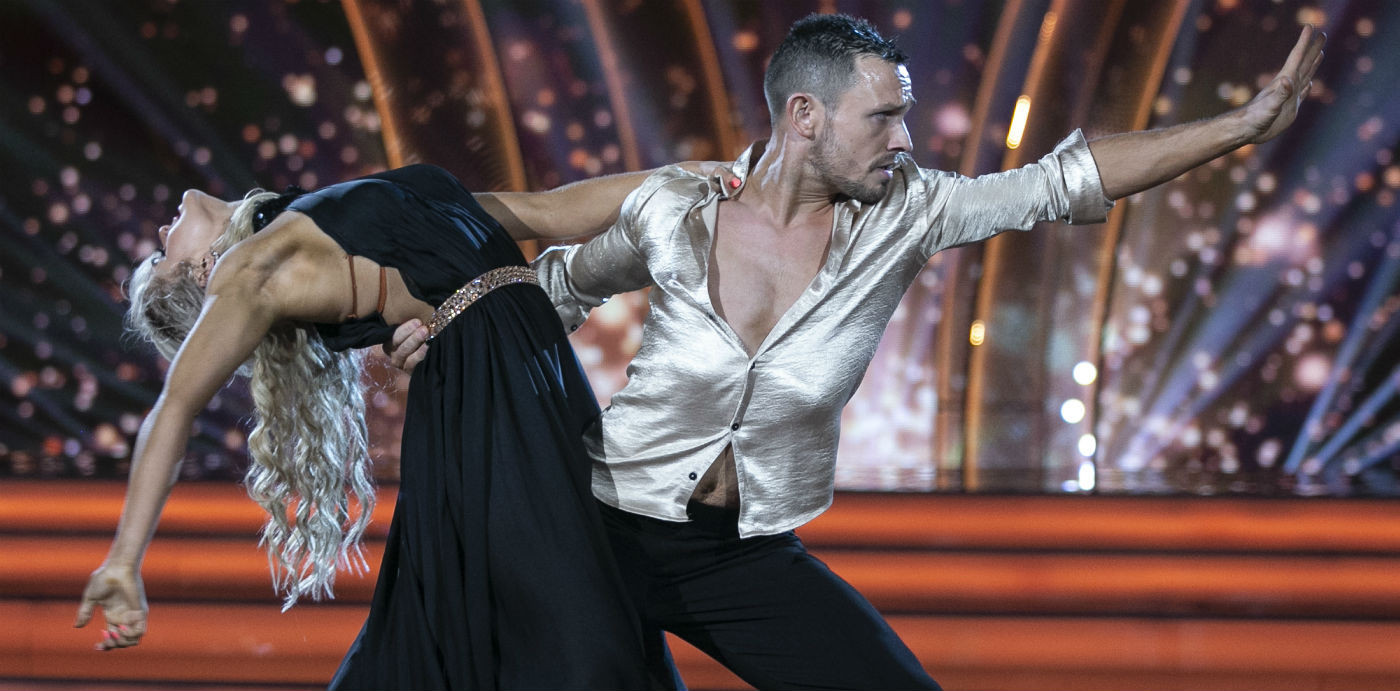 Johnny Ward and Emily Barker dancing a sensual Rumba on DWTS
Johnny Ward and Emily Barker dancing a sensual Rumba on DWTS
Johnny Ward and Emily Barker’s sensual Rumba performance on Dancing with the Stars.
Charleston: Comedic and Lively
The Charleston, born in the 1920s US, is a “dance of the day” known for its fun and opportunities for lifts. Sharing similarities with the Lindy Hop and Quickstep, the Charleston uniquely embraces comedic elements. As Redmond notes, it is “almost like a caricature of a dance,” allowing for “left field” and “strange” elements. Judges appreciate the balance between “good dancing and bringing those comedic elements,” alongside intricate footwork like swivels.
 Cliona Hagan and Robert Rowinski performing a fun Charleston on DWTS
Cliona Hagan and Robert Rowinski performing a fun Charleston on DWTS
Cliona Hagan and Robert Rowinski’s comedic Charleston routine on Dancing with the Stars.
Paso Doble: Strong and Dominant
The Paso Doble, a Spanish dance, tells the story of a bullfight. Contrary to common misconception, the female dancer represents the matador’s cape, not the bull. Movements like the “side-closed-side” with the lady walking past symbolize cape movements as the “mythical bull approaches.” Flamenco elements enhance its dramatic flair. Judges look for a “strong, dominant look” and the powerful interaction between dancers, reflecting the dance’s “positive, very strong, very dominant, very powerful” nature. Redmond points out that mastering the mentality of dominance can make Paso Doble surprisingly “one of the easiest ones to do” due to its march-like base.
 Fred Cooke and Emily Barker's dominant Paso Doble on Dancing with the Stars
Fred Cooke and Emily Barker's dominant Paso Doble on Dancing with the Stars
Fred Cooke and Emily Barker’s powerful Paso Doble performance on Dancing with the Stars.
Cha-cha-cha: Cheeky and Sharp
Originating from Cuba, the Cha-cha-cha is named after the sound of feet on the floor – an “onomatopoeia of ballroom dances.” Its basic structure involves forward and backward steps with three side steps where “feet should stay in contact with the floor.” The dance is often described as “cheeky” and is widely danced in Cuba across age groups. Judges pay attention to legwork, particularly straight legs which enable sharp, checked movements during the forward and back action, avoiding a “slow, lethargic, heavy, willowy” feel caused by bent knees.
 Peter Stringer and Valeria Milova dancing a cheeky Cha-cha-cha on DWTS
Peter Stringer and Valeria Milova dancing a cheeky Cha-cha-cha on DWTS
Peter Stringer and Valeria Milova’s cheeky Cha-cha-cha routine on Dancing with the Stars.
Contemporary Dance: Expressive and Free
Contemporary dance offers freedom and challenge on DWTS. As Redmond explains, “Contemporary Dance…is anything – it’s anything that’s contemporary.” Dancers interpret emotive music without strict adherence to traditional ballroom or Latin rhythms or styles. This freedom can be both liberating and daunting for celebrities accustomed to structured routines. Judging Contemporary is “very easy,” according to Redmond, focusing on aesthetics: “visually does this please me…is it aesthetically pleasing and is it musically connected?” Judges assess the visual appeal and emotional and structural connection to the music, similar to how any viewer might appreciate a dance.
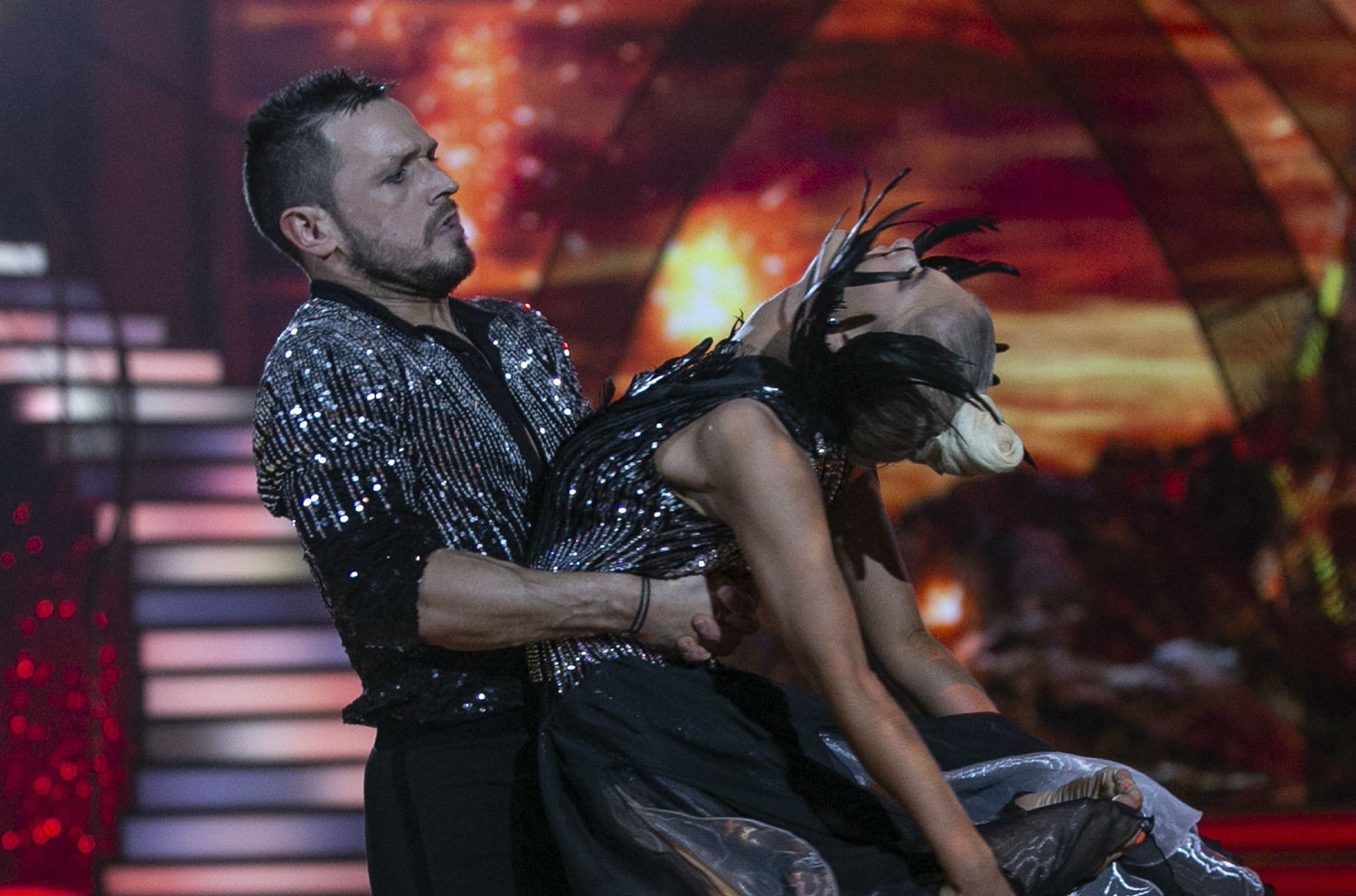 Johnny Ward and Emily Barker performing an emotional Contemporary Dance on DWTS
Johnny Ward and Emily Barker performing an emotional Contemporary Dance on DWTS
Johnny Ward and Emily Barker’s expressive Contemporary Dance on Dancing with the Stars.
American Smooth: Enhanced Ballroom
American Smooth dances, including Foxtrot and Waltz variations, build upon traditional forms by allowing “more” freedom – “to open out positions, to do lifts and to break away from that very structured approach.” When scoring American Smooth, judges consider this expanded scope within the familiar frameworks of Foxtrot or Waltz. Redmond emphasizes that judges evaluate each performance against an internal “perfect scale” rather than directly comparing celebrities against each other, acknowledging the diversity of dance styles each week.
 Peter Stringer and Ksenia Zsikhotska dancing an American Smooth on DWTS
Peter Stringer and Ksenia Zsikhotska dancing an American Smooth on DWTS
Peter Stringer and Ksenia Zsikhotska’s elegant American Smooth performance on Dancing with the Stars.
Quickstep: Fast and Dynamic
The Quickstep, emerging from the 1920s Charleston era, is a faster derivative of the Foxtrot. Sharing “Charleston-esque elements,” Quickstep demands “good powerful movement around the floor” and managing its speed. Judges seek “contrast” – a blend of “hoppy stuff, jumpy stuff, travelling stuff and swinging movements.” Over-reliance on one element at the expense of others is viewed as “cheating.”
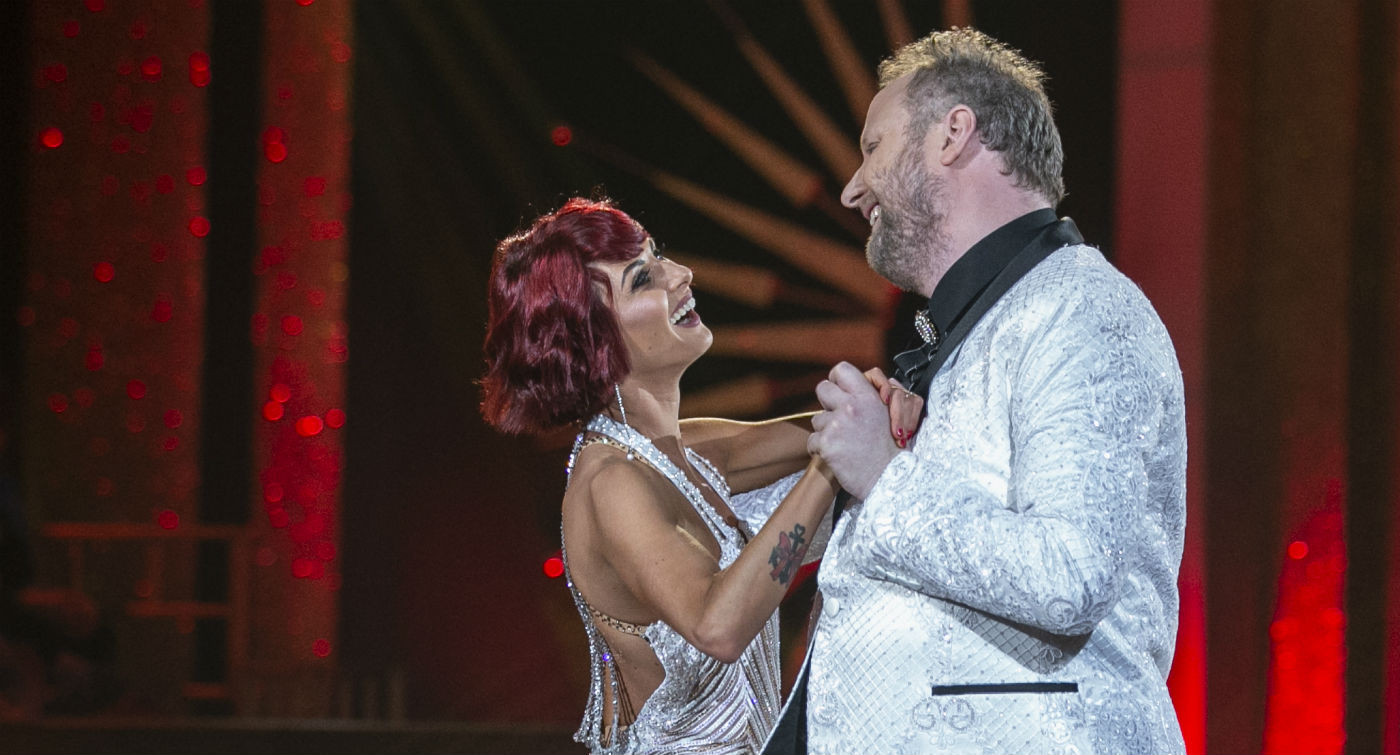 Fred Cooke and Giulia Dotta performing a Quickstep on Dancing with the Stars
Fred Cooke and Giulia Dotta performing a Quickstep on Dancing with the Stars
Fred Cooke and Giulia Dotta’s dynamic Quickstep routine on Dancing with the Stars.
Jive: Energetic and Open
Jive, the most “open-ended” ballroom dance, encompasses styles from G.I. Jive to Swing and Lindy Hop. Popularized during WWII by energetic American G.I.s, Jive is characterized by “very high energy, lots of kicks and flicks and a good fun dance.” Judges look for a holistic impact. For Redmond, the ultimate Jive performance “transport[s] me to a situation where I’m sitting home with everybody else,” indicating a truly captivating and high-scoring routine.
 Mairéad Ronan and John Nolan dancing a high-energy Jive on DWTS
Mairéad Ronan and John Nolan dancing a high-energy Jive on DWTS
Mairéad Ronan and John Nolan’s energetic Jive performance on Dancing with the Stars.
Foxtrot: Smooth and Powerful
Foxtrot, Redmond’s favorite, is “very, very technical” due to its balance of “powerful movements that have to be done quite slowly.” He likens it to a long-term relationship – “cool,” “calm,” and relaxed yet deeply connected. Judges seek “powerful movement” with a “sense of ease while creating power,” evoking the suave, powerful, and relaxed yet commanding presence of figures like Frank Sinatra, embodying the essence of Foxtrot.
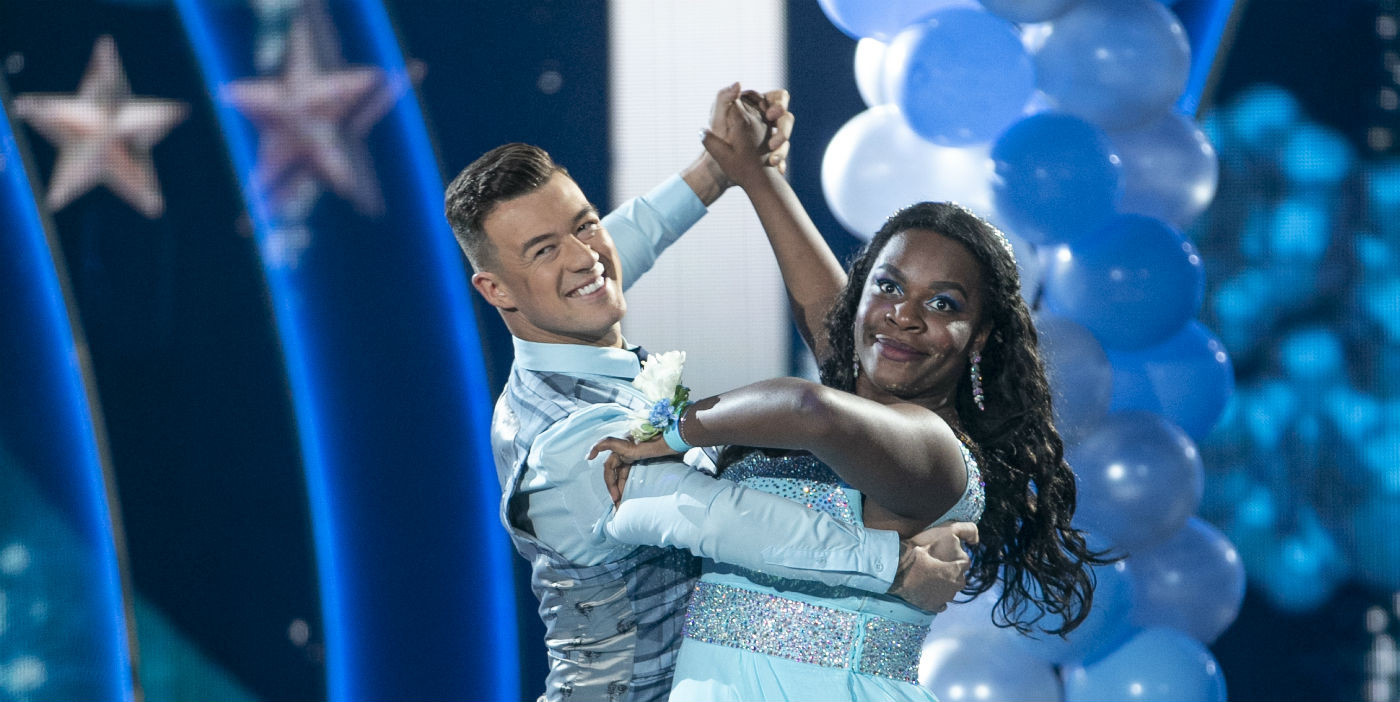 Demi Isaac Oviawe and Kai Widdrington dancing a smooth Foxtrot on DWTS
Demi Isaac Oviawe and Kai Widdrington dancing a smooth Foxtrot on DWTS
Demi Isaac Oviawe and Kai Widdrington’s smooth Foxtrot performance on Dancing with the Stars.
Understanding these diverse Dances On Dwts and the criteria judges use enhances viewing pleasure, allowing fans to appreciate the skill, artistry, and effort behind each performance on the ‘Dancing with the Stars’ stage. Whether it’s the passion of the Tango or the energy of the Jive, each dance brings its unique flavor to the competition.

